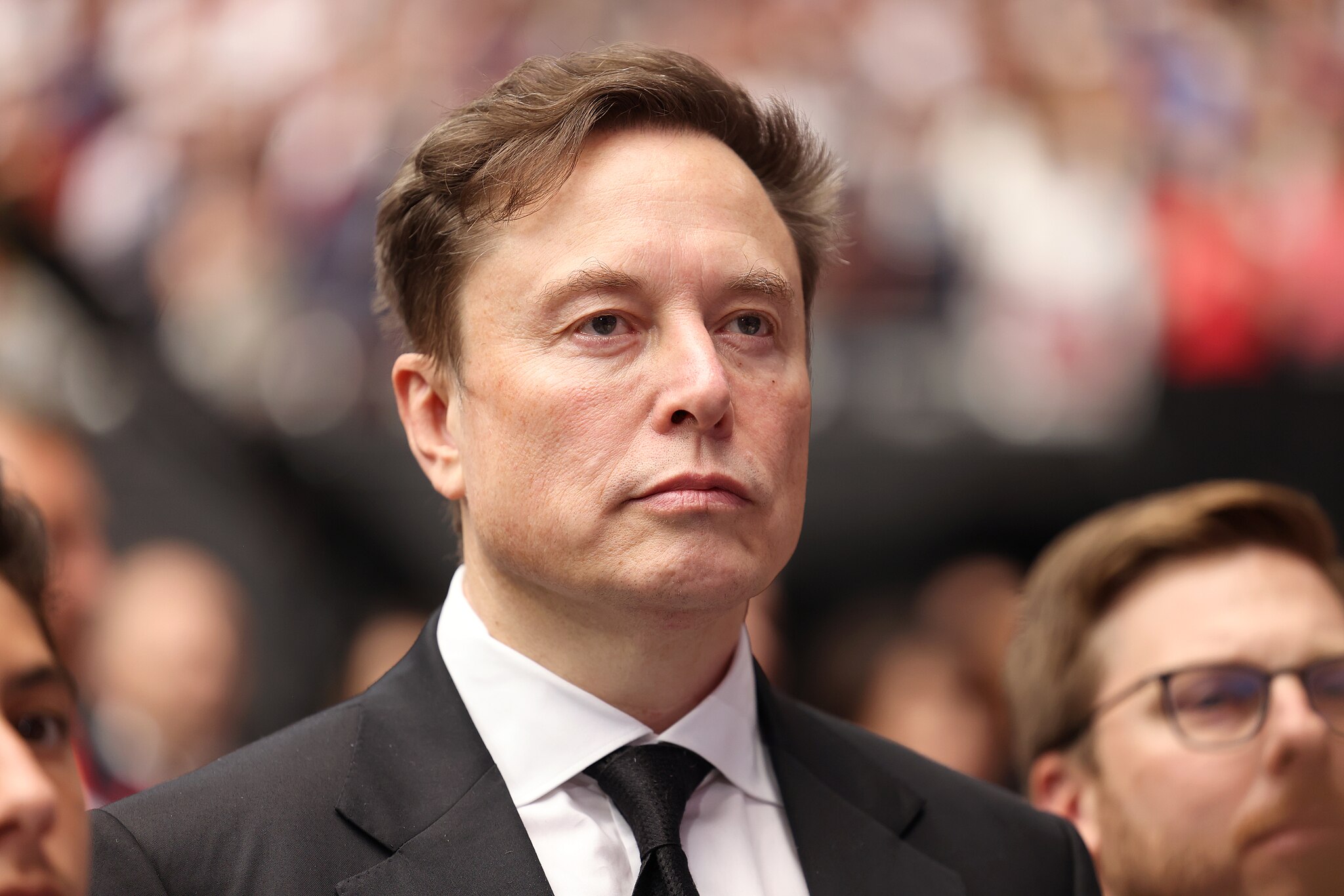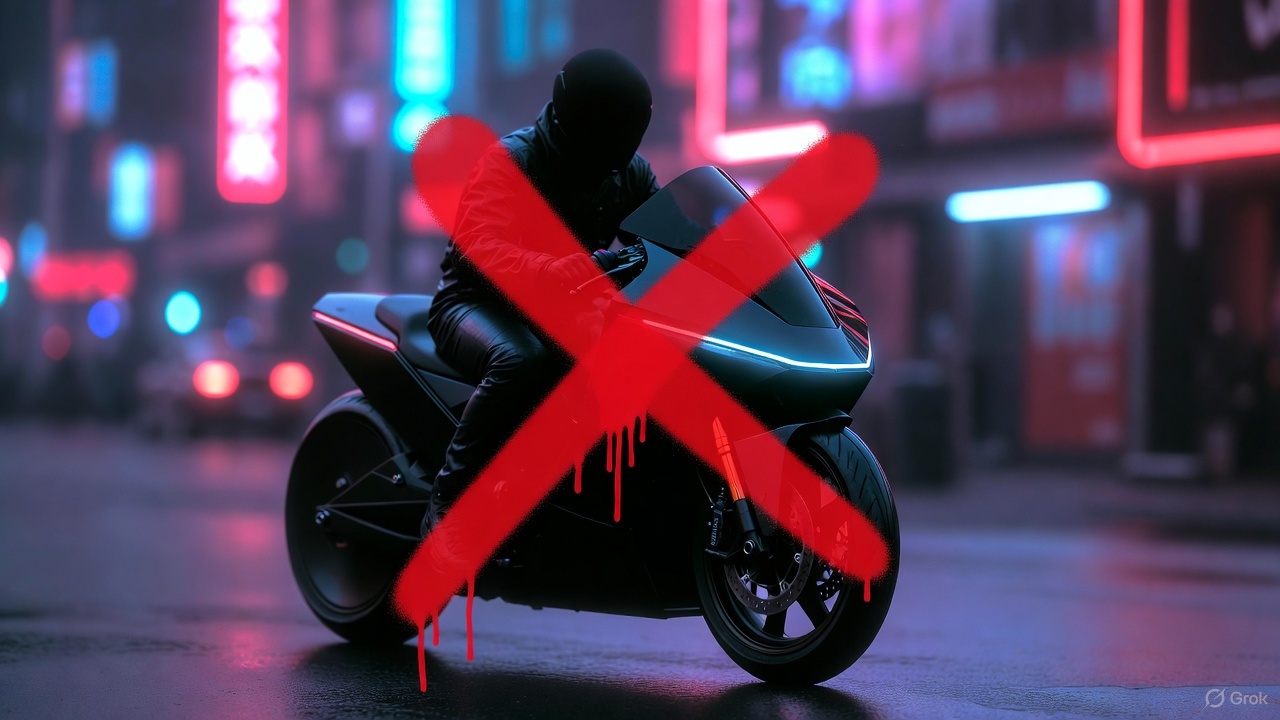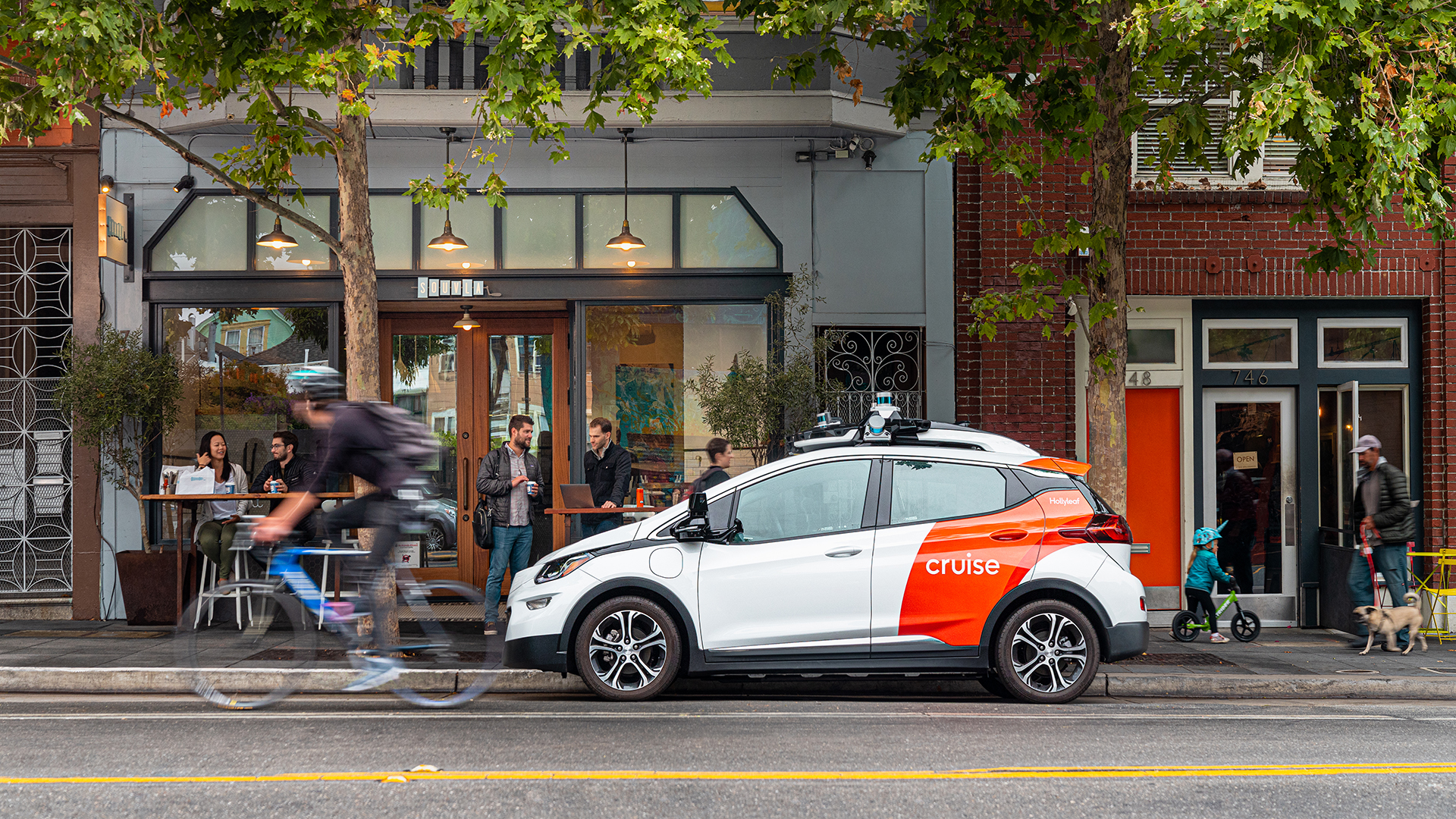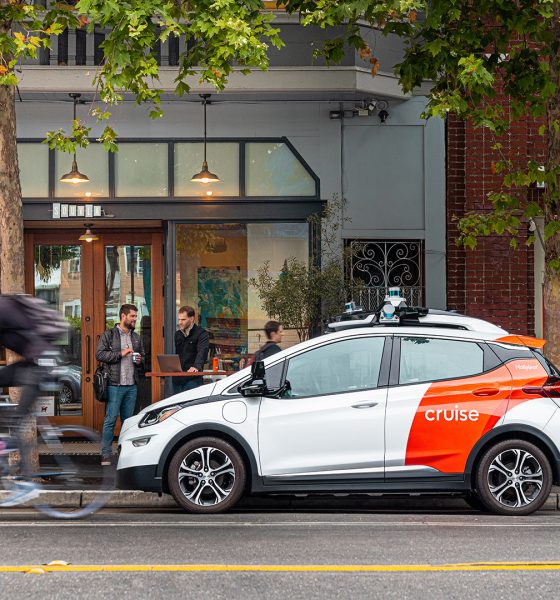The board of General Motors’ (GM’s) self-driving unit Cruise has officially appointed its next CEO, following a major shakeup that ensued in the wake of an October accident with one of the company’s robotaxis.
On Tuesday, Cruise shared a press release announcing that former Xbox team founder and Amazon services executive Marc Whitten has been appointed as the company’s new CEO. Whitten will fill the new role starting on July 16, and will serve alongside standing President and CEO Mo Elshenawy.
“In a few years, transportation will be fundamentally safer and more accessible than it is today, creating much more value for individuals and communities around the world. It is an opportunity of a lifetime to be part of this transformation,” Whitten said in the press release. “The team at Cruise has built world-class technology, and I look forward to working with them to help bring this critical mission to life.”
Whitten helped launch Xbox and Xbox Live, along with scaling the platforms, before going on to serve as Chief Product Officer at Sonos, VP of Entertainment Devices and Services at Amazon, and President of Unity Create.
Following the announcement, he wrote in a post on LinkedIn that accepting the Cruise position had been the “easiest ‘yes’ in his career,” adding that he was “inspired by its deep and meaningful mission and world-class technology.”
Whitten will also be joined by the company’s newly hired Chief Communications and Marketing Officer, Nick Mulholland, who has served as the VP of Global Communications of Rivian for the past few years.
“My core belief is that this technology and Cruise’s dedication to its mission will change the world. Achieving such a bold vision will require a deep and meaningful collaboration with the communities we serve,” Mulholland said in the press release. “It is an incredible opportunity to play a role in building these vital connections.”
The news comes as GM attempts to re-launch Cruise’s self-driving services, after one of the company’s driverless vehicles hit, dragged, and pinned a pedestrian in San Francisco in October, after the person had already been hit by another car with a human behind the wheel.
After the accident, the California Department of Motor Vehicles (DMV) revoked the company’s permit to operate self-driving vehicles, followed by a series of layoffs and departures.
Cruise co-founder and former CEO Kyle Vogt resigned from his position on November 19, and fellow co-founder and former Chief Product Officer Daniel Kan resigned the following day. In December, the company announced a staff reduction of around 24 percent of its workers.
GM also announced plans to cut spending on Cruise in half this year while it tries to regain public trust and relaunch the service.
“At Cruise, we are committed to earning back the trust of regulators and the public through our commitments and our actions,” GM CEO Mary Barra wrote in a shareholder letter in April.
Cruise began testing again with human drivers last month, though the tests are currently limited to Phoenix, Arizona. Alongside the announcement, Cruise said it also planned to gradually expand to a handful of the surrounding suburbs.
Cruise ordered to pay max penalty for delayed accident report
What are your thoughts? Let me know at zach@teslarati.com, find me on X at @zacharyvisconti, or send us tips at tips@teslarati.com.

News
Tesla’s new Holiday perk is timed perfectly to make FSD a household name
Tesla AI4 owners get FSD (Supervised) through Christmas, New Year’s Eve and well into the post-holiday travel season.

Tesla quietly rolled out a free Full Self-Driving (Supervised) trial for roughly 1.5 million HW4 owners in North America who never bought the package, and the timing could very well be genius.
As it turns out, the trial doesn’t end after 30 days. Instead, it expires January 8, 2026, meaning owners get FSD (Supervised) through Christmas, New Year’s Eve and well into the post-holiday travel season. This extended window positions the feature for maximum word-of-mouth exposure.
A clever holiday gift
Tesla watcher Sawyer Merritt first spotted the detail after multiple owners shared screenshots showing the trial expiring on January 8. He confirmed with affected users that none had active FSD subscriptions before the rollout. He also observed that Tesla never called the promotion a “30-day trial,” as the in-car message simply reads “You’re Getting FSD (Supervised) For the Holidays,” which technically runs until after the new year.
The roughly 40-day period covers peak family travel and gatherings, giving owners ample opportunity to showcase the latest FSD V14’s capabilities on highway trips, crowded parking lots and neighborhood drives. With relatives riding along, hands-off highway driving and automatic lane changes could become instant conversation starters.
Rave reviews for FSD V14 highlight demo potential
FSD has been receiving positive reviews from users as of late. Following the release of FSD v14.2.1, numerous owners praised the update for its smoothness and reliability. Tesla owner @LactoseLunatic called it a “huge leap forward from version 14.1.4,” praising extreme smoothness, snappy lane changes and assertive yet safe behavior that allows relaxed monitoring.
Another Tesla owner, @DevinOlsenn, drove 600 km without disengagements, noting his wife now defaults to FSD for daily use due to its refined feel. Sawyer Merritt also tested FSD V14.2.1 in snow on unplowed New Hampshire roads, and the system stayed extra cautious without hesitation. Longtime FSD tester Chuck Cook highlighted improved sign recognition in school zones, showing better dynamic awareness. These reports of fewer interventions and a more “sentient” drive could turn family passengers into advocates, fueling subscriptions come January.
Elon Musk
Elon Musk predicts AI and robotics could make work “optional” within 20 years
Speaking on entrepreneur Nikhil Kamath’s podcast, Musk predicted that machines will soon handle most forms of labor, leaving humans to work only if they choose to.

Elon Musk stated that rapid advances in artificial intelligence and robotics could make traditional work unnecessary within two decades.
Speaking on entrepreneur Nikhil Kamath’s podcast, Musk predicted that machines will soon handle most forms of labor, leaving humans to work only if they choose to.
Work as a “hobby”
During the discussion, Musk said the accelerating capability of AI systems and general-purpose robots will eventually cover all essential tasks, making human labor a choice rather than an economic requirement. “In less than 20 years, working will be optional. Working at all will be optional. Like a hobby,” Musk said.
When Kamath asked whether this future is driven by massive productivity growth, Musk agreed, noting that people will still be free to work if they enjoy the routine or the challenge. He compared future employment to home gardening, as it is something people can still do for personal satisfaction even if buying food from a store is far easier.
“Optional” work in the future
Elon Musk acknowledged the boldness of his claim and joked that people might look back in 20 years and say he was wrong. That being said, the CEO noted that such a scenario could even happen sooner than his prediction, at least if one were to consider the pace of the advancements in AI and robotics.
“Obviously people can play this back in 20 years and say, ‘Look, Elon made this ridiculous prediction and it’s not true,’ but I think it will turn out to be true, that in less than 20 years, maybe even as little as ten or 15 years, the advancements in AI and robotics will bring us to the point where working is optional,” Musk said.
Elon Musk’s comments echo his previous sentiments at Tesla’s 2025 Annual Shareholder Meeting, where he noted that Optimus could ultimately eliminate poverty. He also noted that robots like Optimus could eventually provide people worldwide with the best medical care.
Elon Musk
Elon Musk reiterates why Tesla will never make an electric motorcycle
Tesla CEO Elon Musk preemptively shut down speculations about a Tesla road bike once more.

Tesla CEO Elon Musk preemptively shut down speculations about a Tesla road bike once more, highlighting that the electric vehicle maker has no plans to enter the electric motorcycle market.
Musk posted his clarification in a post on X.
Musk’s reply to a fun AI video
X user @Moandbhr posted an AI video featuring the Tesla CEO on the social media platform, captioning it with “Mr. Elon Musk Just Revealed the Game-Changing Tesla Motorcycle.” The short clip depicted Musk approaching a sleek, single-wheeled vehicle, stepping onto it, and gliding off into the distance amid cheers. The fun video received a lot of traction on X, gaining 3.1 million views as of writing.
Musk replied to the post, stating that a Tesla motorcycle is not going to happen. “Never happening, as we can’t make motorcycles safe. For Community Notes, my near death experience was on a road bike. Dirt bikes are safe if you ride carefully, as you can’t be smashed by a truck,” Musk wrote in his reply.
Musk’s Past Comments on Two-Wheelers
Musk also detailed his reservations about motorcycles in a December 2019 X post while responding to questions about Tesla’s potential ATV. At the time, he responded positively to an electric ATV, though he also opposed the idea of a Tesla road-going motorcycle. Musk did state that electric dirt bikes might be cool, since they do not operate in areas where large vehicles like Class 8 trucks are present.
“Electric dirt bikes would be cool too. We won’t do road bikes, as too dangerous. I was hit by a truck & almost died on one when I was 17,” Musk wrote in his post.
Considering Musk’s comments about dirt bikes, however, perhaps Tesla would eventually offer a road bike as a recreational vehicle. Such a two-wheeler would be a good fit for the Cybertruck, as well as future products like the Robovan, which could be converted into an RV.











